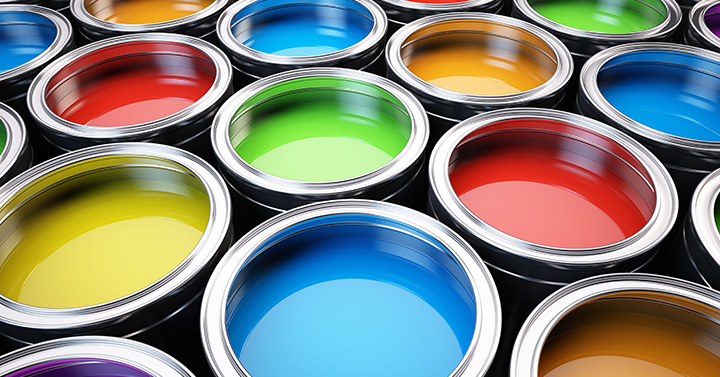With India having largely recovered from the COVID-19 pandemic, many of the country’s industry sectors are booming. Synthetic latex polymers will benefit from these trends, with India — which accounts for approximately 6% of global consumption and is the fastest-growing market for SLPs — reaping the rewards.
One of the biggest reasons behind the boom is the fact that India’s e-commerce industry has advanced faster than ever, with online shopping becoming the “new normal” since the onset of the pandemic. This trend has significantly boosted the demand for packaging adhesives, which currently represents one of the most lucrative applications for latex emulsions in India.
Meanwhile, the Indian construction sector is expected to continue to surge, with public and private investments flowing in, particularly given the 100% FDI (foreign direct investment) allowance. Projects that had been delayed due to the pandemic are now speeding toward completion, new projects are commencing rapidly, and labor availability is normalizing, with commercial and residential construction both gaining strong momentum. This will continue to boost the demand for construction chemicals, adhesives and sealants, and paints. Additionally, growth in automotive production and the telecom industry will increase the demand for materials like industrial coatings and glass fiber — which, in turn, will further drive demand for SLPs.
In terms of adhesives and paints, India continues to witness a shift from solvent-based to water-based (synthetic latex-based) emulsions. Indian industries are in the midst of enhancing quality and environmental considerations in both their processes and materials to ensure that they do not fall below global standards. This also favors the demand for SLPs.
The strongest growth will be observed for redispersible powders, which are used in the construction industry and provide clear advantages over aqueous polymer dispersions, including better storage and reduced shipping costs. Vinyl acetate (VA) copolymers are also expected to be rapidly growing latex chemistries, as they are increasingly preferred in packaging, automotive, furniture, footwear, construction, and consumer goods for their competitive prices and positive environmental profiles.
While the SLP market shows many opportunities for growth, it also faces some challenges. For example, competition from digital media to the paper industry, and competition from thermal bonding to chemically bonded nonwovens, are serious threats. Despite these challenges, however, SLP demand is poised to experience strong and sustainable increase over the coming years — much to India’s benefit.
For more information on the subject, see Kline’s just-published Synthetic Latex Polymers: India Business Analysis and Opportunities. The report is a comprehensive analysis of the complex market of SLPs for key applications in India, providing a detailed assessment of market size, competitive landscape, trends, and opportunities for all major and minor SLPs. In addition, an all-new program includes a full SLP value chain map including emulsion polymerization plants, key monomers plants, and customers in key application markets.

